
Dance is a performing art form consisting of sequences of movement, either improvised or purposefully selected. This movement has aesthetic and often symbolic value. Dance can be categorized and described by its choreography, by its repertoire of movements, or by its historical period or place of origin.

Frank Martin was a Swiss composer, who spent much of his life in the Netherlands.
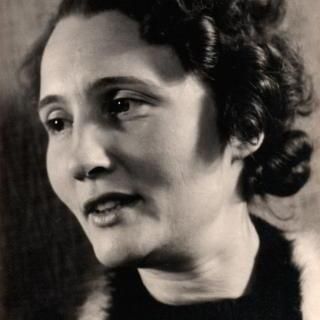
Gerda Alexander was a German / Danish teacher who developed a somatic practice called Eutonia . Gerda, as a young woman, was in contact with the vanguards of the arts, education and movement culture in the early 20th century. From the 30s on, she started to develop her innovative method through her studies between movement and musicality, new pedagogies and neurosciences. Through Eutony, she collaborated with many medical centers, pedagogical institutions and artistic training in Europe, North and South America and the Middle East.

Music education is a field of practice in which educators are trained for careers as elementary or secondary music teachers, school or music conservatory ensemble directors. Music education is also a research area in which scholars do original research on ways of teaching and learning music. Music education scholars publish their findings in peer-reviewed journals, and teach undergraduate and graduate education students at university education or music schools, who are training to become music teachers.
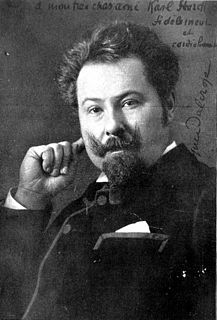
Émile Jaques-Dalcroze was a Swiss composer, musician, and music educator who developed Dalcroze eurhythmics, an approach to learning and experiencing music through movement. Dalcroze eurhythmics influenced Carl Orff's pedagogy, used in music education throughout the United States.

Music education for young children is an educational program introducing children in a playful manner to singing, speech, music, motion and organology. It is a subarea of music education.
The Kodály method, also referred to as the Kodály concept, is an approach to music education developed in Hungary during the mid-twentieth century by Zoltán Kodály. His philosophy of education served as inspiration for the method, which was then developed over a number of years by his associates. In 2016, the method was inscribed as a UNESCO Intangible Cultural Heritage.
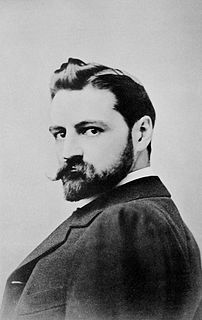
Prince Serge Wolkonsky was an influential Russian theatrical worker, one of the first Russian proponents of eurhythmics, pupil and friend of Émile Jaques-Dalcroze, and creator of an original system of actor's training that included both expressive gesture and expressive speech.
Vera Griner, was a Russian rhythmitician, born 5 April 1890 in Saint Petersburg, died 24 June 1992 in Moscow. Her father, Alexander Alvang, was a well-known barrister. Since 1908 the Alvang family had been living in Munich. It was here that Alvang became acquainted with Rhythmics. In 1911 she came to Dresden, where she took lessons from Dalcroze, and attended the newly founded Hellerau Institute. In 1912 Alvang, together with several pupils of Dalcroze came to St. Petersburg to train to be a teacher with courses set by Prince Serge Wolkonsky. After a year she was a teacher and a student of Hellerau, and in May 1913 she graduated from the Institute and returned to St. Petersburg to commence teaching, which she continued to do until 1970.
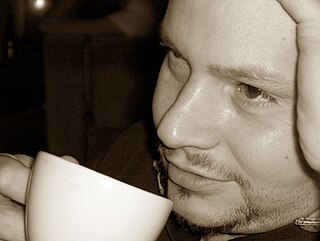
Pierre Kolp is a Belgian composer and music pedagogue born in Cologne, Germany, on 23 March 1969.
Dalcroze eurhythmics, also known as the Dalcroze method or simply eurhythmics, is one of several developmental approaches including the Kodály method, Orff Schulwerk and Suzuki Method used to teach music to students. Eurhythmics was developed in the early 20th century by Swiss musician and educator Émile Jaques-Dalcroze. Dalcroze eurhythmics teaches concepts of rhythm, structure, and musical expression using movement, and is the concept for which Dalcroze is best known. It focuses on allowing the student to gain physical awareness and experience of music through training that takes place through all of the senses, particularly kinesthetic.

The Geneva Haute école de musique is a higher music education institution in Geneva, Switzerland.

Yorgos Manessis, was a Greek pianist and pedagogue, with a short but significant career as soloist.
Flor Roffé de Estévez was a composer, writer, and professor of Venezuelan music. She came from a Jewish family, which migrated to the country at the beginning of the 20th century.

Natalia Grima is an Argentinean pianist and musical educator.
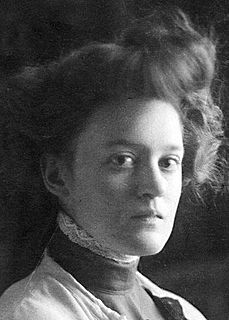
Margarita Maria “Maggie” Gripenberg was a pioneer of modern dance in Finland. She was the first to introduce Dalcroze Eurhythmics to Finland and modeled her early works on the improvisational style of Isadora Duncan. As a dancer, choreographer and teacher, she laid the educational foundations for the study of movement and dance. She was recognized by numerous awards for her choreographic work as well as being honored with the Pro Finlandia Medal and as a knight of the Order of the White Rose of Finland.
Suzanne Perrottet was a Swiss dancer, musician, and movement teacher. Trained in music and dance, Perrottet ran the Bewegungsschule Suzanne Perrottet and was a member of the faculty at the École Polytechnique Fédérale de Lausanne and the Zürcher Bühnenstudio. She was active in the Dada art movement as a musician, performing at the Kaufleuten. In 1939 she co-founded the Swiss Professional Association of Dance and Movement. Along with Mary Wigman and Rudolf von Laban, she is considered one of the co-founders of modern Expressionist dance.
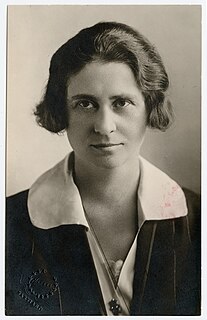
Anne Suzanne "Lili" Ferrière was a Swiss dance teacher of Dalcroze eurhythmics and a humanitarian activist from a prominent Genevan family. As only the third female member of the governing body of the International Committee of the Red Cross (ICRC), she helped to pave the way towards gender equality in the organisation.
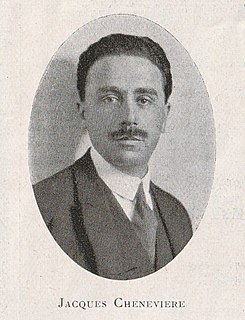
Jacques-Louis-Edmond Chenevière, commonly known as Jacques Chenevière, was a Swiss poet, librettist and novelist from a Patrician family in Geneva. For more than sixty years, he also served as a humanitarian official in top-positions of management and organisation at the International Committee of the Red Cross (ICRC).

Heather Doris Gell was an Australian kindergarten teacher and early proponent of Dalcroze eurhythmics to Australia. She also worked as a radio broadcaster, television presenter and theatre producer.















